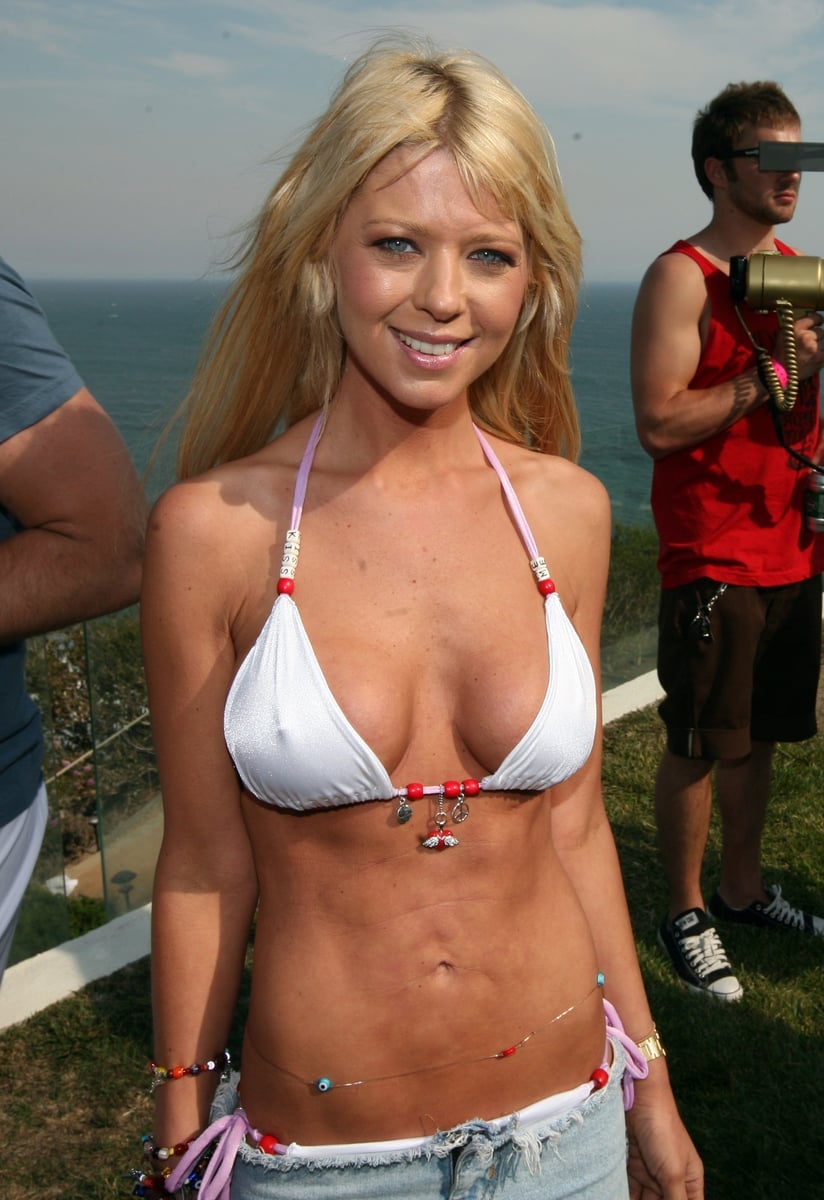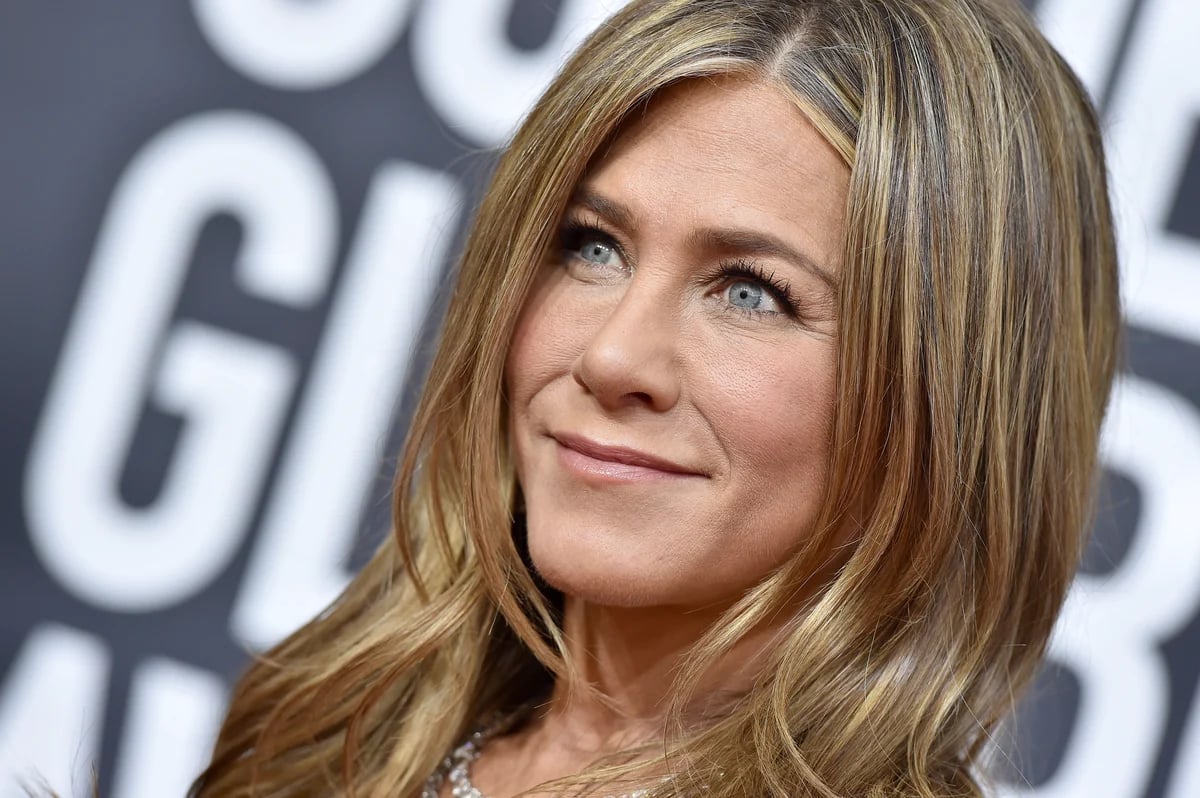
Listen to this story being read by Laura Brodnik, here.
Once upon a time, there was one ugly configuration of words and images that could be slapped across every tabloid and spun into guaranteed sales.
Images of women with some sort of celebrity status at beaches, all clad in swimwear.
A seemingly non-newsworthy event until you factor in the way the images were hunted down by paparazzi and then ruthlessly split into two camps across a series of glossy pages that were then viewed by the masses.
The 'best beach bodies' list included women who had the coveted 'golden glow' and conventionally attractive bodies, (the only kind that were allowed on movie screens at the time) featuring thin frames and uniform flat stomachs.
While the 'worst beach bodies', the real money maker behind the whole scheme, consisted of women who were not a size zero and who dared to show any hint of cellulite, stretch marks, or have the audacity to possess a non-flat stomach as they walked along the water.
For decades it was a media fixture so steeped in our culture, along with 'worst dressed lists', that you wouldn't bat an eye if the three magazines included in your weekly shop were all dedicated to ripping apart women's bodies via photos taken without their consent.
Over time, a shift in our media consumption meant that many publications had to quietly kill off the previously lucrative 'worst beach bodies' content.




Top Comments